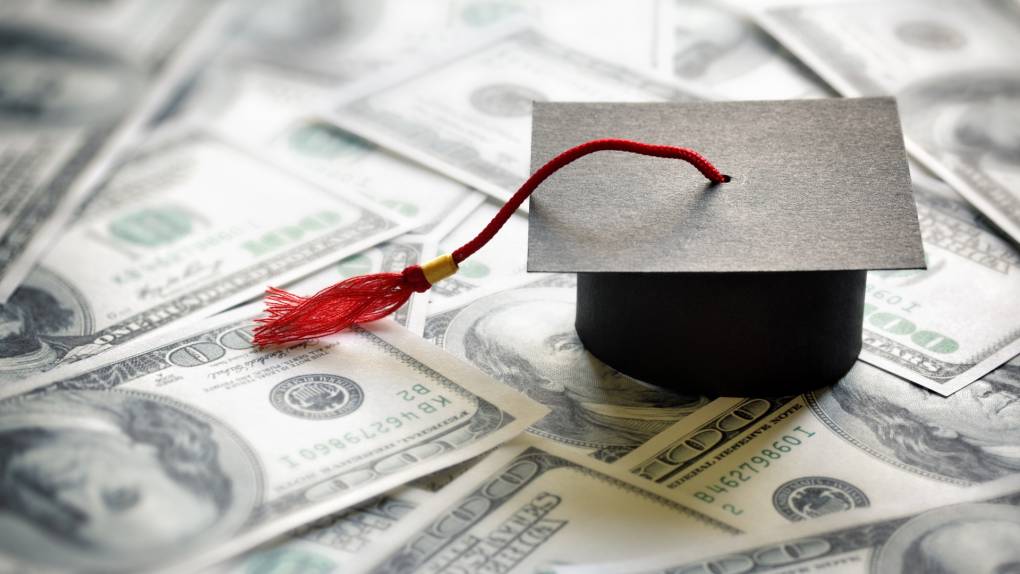Does it make sense to cut off this relief at the income level they did, at $125,000 per year?
Honestly, I don't know that it makes sense for the country as a whole, given that students borrow up to twenties, thirties, fifties, sixties, thousands of dollars. We need to really think about not just the undergraduate students, because for the most part, undergraduate students, they benefit from a lot of scholarships and grants.
But graduate students, it is very slim pickings out there when it comes to getting financial aid. And typically they get stuck with loans. Grad school is more costly than a year as an undergraduate student. So really, if they just kind of, off the bat, $10,000 for everybody who borrowed federal student loans, that would have been much needed relief for pretty much everybody in the country. I mean, everyone was impacted by the pandemic. My partner lost her job a few months ago and we're just getting back to our feet. So it would have been great to remove that additional kind of criteria.
Advocates had hoped for a bigger debt relief package. Is this going to do enough for the people who owe five and six figures?
I don't think that this is enough altogether. The students are going to continue to come to college. The students are going to continue to have to get student loans. And I think until we are able to focus on addressing those particular issues that caused this, I think we're going to continue to have these problems with regards to student debt. Ten thousand dollars is a great start. It's a good relief for everybody at this point in time. You know, people are losing their jobs due to the pandemic or have lost their jobs. And we have seen that at our office where students are reaching out regarding, you know, unforeseen circumstances that were beyond their control, asking for help. This is not going to end unless we go to the root of the problem, I think.

